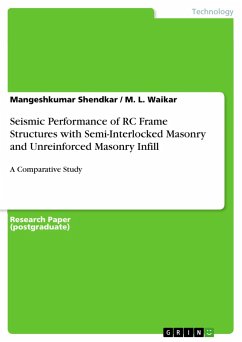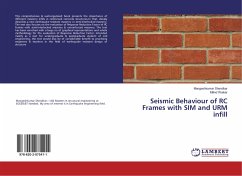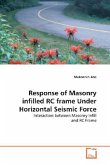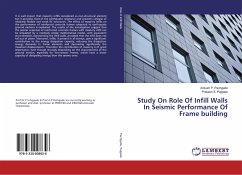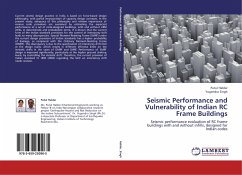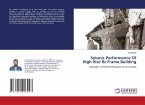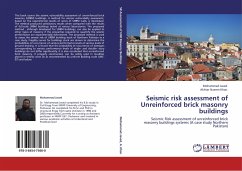Research Paper (postgraduate) from the year 2017 in the subject Engineering - Civil Engineering, grade: 9.15, Shri Guru Gobind Singhji Institute of Engineering and Technology, language: English, abstract: In structural analyses, masonry infill walls are commonly considered to be non-structural elements. However, the response of reinforced concrete buildings to earthquake loads can be substantially affected by the influence of infill walls. In this article, an improved numerical model for the simulation of the behavior of masonry infill walls subjected to earthquake loads is used. The main objective of the study is to investigate the importance of semi-interlocked brick infill in multi-storied buildings it uses masonry panels made of dry stack interlocking masonry units capable of relative sliding in a plane and interlocked to prevent sliding out-of-plane. This masonry panels acting as energy dissipation devices (EDD). An analytical program is based on to evaluate the behavior of different framed masonry panels. It is found that semi-interlocked masonry (SIM) panels have significant energy dissipation capacity due to friction between the masonry units. In this work, the primary focus is given to numerical modeling and nonlinear behavior of brick masonry buildings subjected to lateral loads.
Hinweis: Dieser Artikel kann nur an eine deutsche Lieferadresse ausgeliefert werden.
Hinweis: Dieser Artikel kann nur an eine deutsche Lieferadresse ausgeliefert werden.

